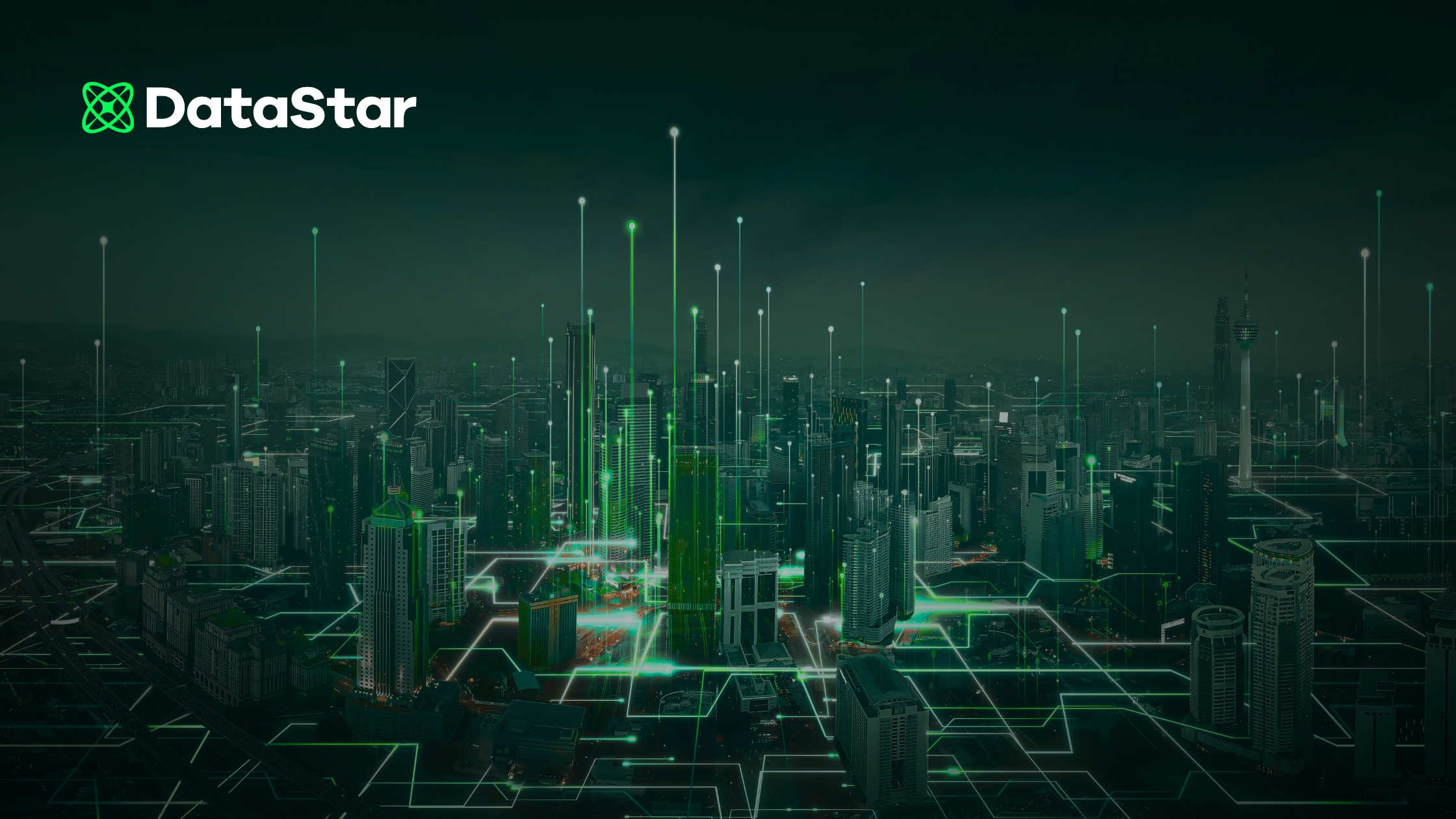
By Greg Mueller, VP Customer Strategy, Optilogic
Published by
Published on
October 22, 2025





I was recently at an industry conference and speaking with a prospective customer. They told me that they were on a mission to deploy as much “AI” across their supply chain as possible, as quickly as feasible.
Intrigued, I asked about the biggest problems identified. Pause, silence. “My company has a large initiative to deploy AI across the enterprise.” This is a great microcosm for the state of Artificial Intelligence in our world. We all inherently know AI will have a big impact, however the placement, magnitude, and speed of the change is still unknown. The hype is real, so where do we go?
We see the change around us as cars begin to self-drive, answers to any question at our fingertips, and phone agents automated, etc. The capital investment is unprecedented: An estimated $500+ billion will be deployed in 2025 alone between VC + big tech, ballooning to an estimated $2-5T (with a “T”!) by 2030. Lots of bets are being placed, and the promise is that AI will automate almost everything and improve productivity, resulting in company bottom-line results. But what do we know today?
Many of the investment being thrown at AI today are infrastructure builds and not yet generating bottom-line return for customers and consumers of AI. According to Gartner CSCO Insights for 2025, 78% of 102 CSCOs surveyed say that AI will impact less than 10% of COGS in the coming year. AI is awesome, but is it humans that are not ready to let go?
Many of us are comfortable in a Waymo self-driving taxi, but these are trained on relatively small geographical areas and travel mostly at lower speeds. Would you feel comfortable putting your loved ones in a self-flying plane (no human, just the machine) yet?
Companies are the same. They will use AI and automation on relatively low-impact decisions, reserving human judgement for the high-impact decisions. So how do we make AI a practical investment for the supply chain?
The modern supply chain is a decision factory. Great factories use the right machine for each job. Optimization and simulation sit alongside AI as powerful tools to solve certain problems. These tools, individually or together, accelerate insight, but most highstakes decisions still require alignment to strategy, service and cost promises, and risk limits with humans-in-the-loop.
Treat these as equals in a single decision stack, not as competitors.
Optimization (the choice engine)
Simulation (the risk and test engine)
Combine all three: Use AI to predict distributions, feed those into optimization to select actions, then simulate to test robustness before committing.
Human in the Loop by Design
Think back to the air travel example: pilots enable autopilot for cruise, but they still want a pilot and copilot for takeoff, landing, and turbulence. Even on autopilot, humans are setting parameters and monitoring performance and taking over as escalations occur.
Near Future: Agentic AI and Lights Out Optimization
What’s coming:
What won’t change: human accountability for cost, service, risk, safety, and compliance. Critical decisions warrant human accountability, and this is not being handed to the machines anytime soon. The way to solve business problems is still to assemble the right team, executing (or overseeing) the optimal processes, supported by well-matched technology.
What Should Supply Chain Execs Do Now?
What should we tell a person who wants to “AI my supply chain”? AI is not an endgame, but another means to solve difficult problems, predict outcomes and automate certain tasks. Let’s get back to first principles.
Start simply with identifying tractable problems to be solved, focusing on high-value, more difficult problems. Often these problems are ones that traditional APS, TMS, WMS and MES applications are not suited to solve. Find the cracks between the systems.
Don’t think about the solution or engine first, back into what methods and engines are needed when there is a clear definition of success, and KPIs. Treat AI, optimization, and simulation as a team sport.
Sustainably solving problems requires a comprehensive approach. Don’t overlook the foundation of strategy executed by people, processes and technical solutions coming together. Keep humans in the loop where stakes are highest. That’s how you scale decisions, capture value—and earn trust—the right way.
I was recently at an industry conference and speaking with a prospective customer. They told me that they were on a mission to deploy as much “AI” across their supply chain as possible, as quickly as feasible.
Intrigued, I asked about the biggest problems identified. Pause, silence. “My company has a large initiative to deploy AI across the enterprise.” This is a great microcosm for the state of Artificial Intelligence in our world. We all inherently know AI will have a big impact, however the placement, magnitude, and speed of the change is still unknown. The hype is real, so where do we go?
We see the change around us as cars begin to self-drive, answers to any question at our fingertips, and phone agents automated, etc. The capital investment is unprecedented: An estimated $500+ billion will be deployed in 2025 alone between VC + big tech, ballooning to an estimated $2-5T (with a “T”!) by 2030. Lots of bets are being placed, and the promise is that AI will automate almost everything and improve productivity, resulting in company bottom-line results. But what do we know today?
Many of the investment being thrown at AI today are infrastructure builds and not yet generating bottom-line return for customers and consumers of AI. According to Gartner CSCO Insights for 2025, 78% of 102 CSCOs surveyed say that AI will impact less than 10% of COGS in the coming year. AI is awesome, but is it humans that are not ready to let go?
Many of us are comfortable in a Waymo self-driving taxi, but these are trained on relatively small geographical areas and travel mostly at lower speeds. Would you feel comfortable putting your loved ones in a self-flying plane (no human, just the machine) yet?
Companies are the same. They will use AI and automation on relatively low-impact decisions, reserving human judgement for the high-impact decisions. So how do we make AI a practical investment for the supply chain?
The modern supply chain is a decision factory. Great factories use the right machine for each job. Optimization and simulation sit alongside AI as powerful tools to solve certain problems. These tools, individually or together, accelerate insight, but most highstakes decisions still require alignment to strategy, service and cost promises, and risk limits with humans-in-the-loop.
Treat these as equals in a single decision stack, not as competitors.
Optimization (the choice engine)
Simulation (the risk and test engine)
Combine all three: Use AI to predict distributions, feed those into optimization to select actions, then simulate to test robustness before committing.
Human in the Loop by Design
Think back to the air travel example: pilots enable autopilot for cruise, but they still want a pilot and copilot for takeoff, landing, and turbulence. Even on autopilot, humans are setting parameters and monitoring performance and taking over as escalations occur.
Near Future: Agentic AI and Lights Out Optimization
What’s coming:
What won’t change: human accountability for cost, service, risk, safety, and compliance. Critical decisions warrant human accountability, and this is not being handed to the machines anytime soon. The way to solve business problems is still to assemble the right team, executing (or overseeing) the optimal processes, supported by well-matched technology.
What Should Supply Chain Execs Do Now?
What should we tell a person who wants to “AI my supply chain”? AI is not an endgame, but another means to solve difficult problems, predict outcomes and automate certain tasks. Let’s get back to first principles.
Start simply with identifying tractable problems to be solved, focusing on high-value, more difficult problems. Often these problems are ones that traditional APS, TMS, WMS and MES applications are not suited to solve. Find the cracks between the systems.
Don’t think about the solution or engine first, back into what methods and engines are needed when there is a clear definition of success, and KPIs. Treat AI, optimization, and simulation as a team sport.
Sustainably solving problems requires a comprehensive approach. Don’t overlook the foundation of strategy executed by people, processes and technical solutions coming together. Keep humans in the loop where stakes are highest. That’s how you scale decisions, capture value—and earn trust—the right way.
Fill out the form to unlock the full content
Got a question, an idea, or just want to chat? We're all ears—reach out to us!

.png)

.png)